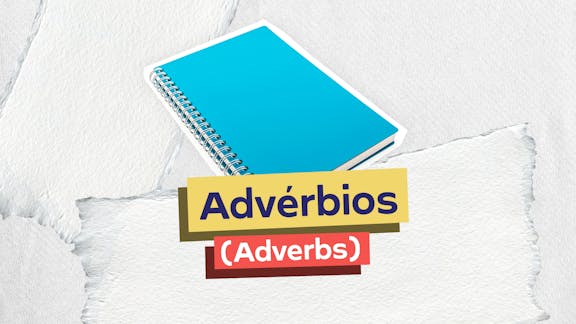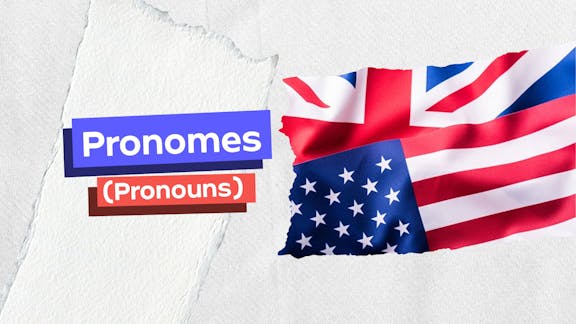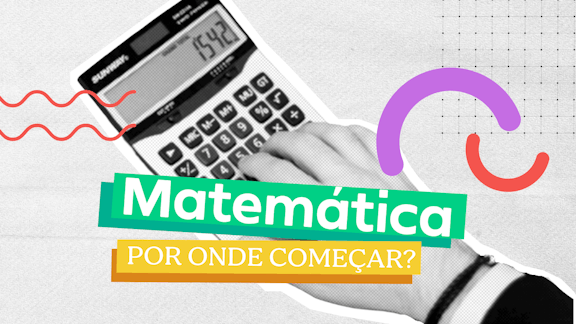Sobre as publicações acerca de atletas olímpicos, o texto informa que:
Is some Olympic commentary sexist?
By Claire Bates, 11 August 2016
According to a recent study by Cambridge University Press. Researchers
analysed millions of words relating to men and women and Olympic sports
in the Cambridge English Corpus (CEC) and the Sport Corpus - massive
databases that include news articles and posts on social media. The study revealed common word combinations for female athletes
included aged, older, pregnant and married or unmarried. In contrast, top
word combinations for male athletes included fastest, strong, big and great. It also found that the language around women in sport also focussed
disproportionately on appearance, clothes and personal lives. It’s not just language where there is a difference in attitude - female Olympic
athletes are still garnering far fewer column inches and given less TV airtime
than their male counterparts. Researchers found men were mentioned twice as
often in the CEC and three times more often in the Sports Corpus. However, some things are changing. The proportion of female athletes
competing at the Olympics has increased with every games since 1964 when
it was 13.2%. By 1988, 26.1% of competitors were women and in Rio 2016 it
is 45%.
(Adaptado de www.bbc.com - acesso em 11/08/2016)
Gabarito comentado
Alternativa correta: C
Tema central: interpretações de dados em um texto informativo sobre cobertura de atletas olímpicos. Para responder, é preciso identificar quem (homens ou mulheres) é mais mencionado nas fontes citadas e compreender termos como "column inches" (espaço em jornais), "TV airtime" (tempo na TV) e as diferenças entre bases de dados (CEC e Sport Corpus).
Resumo teórico rápido: em leitura crítica para concursos, foque em: palavras--chave quantitativas (twice, three times), entidades citadas (CEC, Sport Corpus, TV, colunas de jornal) e relações de comparação (mais/menos, proportion). Verifique também direção da comparação: quem é citado mais ou menos.
Fonte relevante: estudo divulgado pelo Cambridge University Press e reportado pela BBC (adaptado de www.bbc.com, 11/08/2016) — menciona que "men were mentioned twice as often in the CEC and three times more often in the Sports Corpus" e que mulheres recebem "far fewer column inches" e "less TV airtime".
Justificativa da alternativa C: o texto afirma explicitamente que os homens são mencionados com maior frequência nas bases de dados (2x e 3x) e que, em mídia, as atletas femininas têm menos espaço em jornais e menos tempo na TV. Logo, a afirmação de que "mídias televisivas, textos e as bases de dados citadas referem-se aos homens mais do que às mulheres" resume corretamente essa ideia.
Análise das alternativas incorretas:
A — incorreta: inverte a informação. O texto diz que os homens são mencionados duas vezes mais na CEC, não as mulheres.
B — incorreta: afirma que colunas de jornais se referem muito mais às mulheres que programas de TV. O texto diz o oposto: mulheres têm menos espaço em jornais e menos tempo na TV.
D — incorreta: apresenta número errado. Não há menção a "cinco vezes mais"; o texto indica 2x (CEC) e 3x (Sports Corpus).
E — incorreta: confunde meios e números. Os números de 2x e 3x referem-se às bases de dados (CEC e Sports Corpus), não a "telejornais" e "programas esportivos".
Estratégias para gabaritar: sublinhe quantificadores e o sujeito da comparação; traduza mentalmente expressões como "column inches" e "airtime"; evite reescrever números em meios diferentes — verifique sempre a frase original.
Gostou do comentário? Deixe sua avaliação aqui embaixo!






